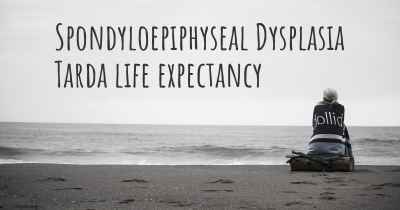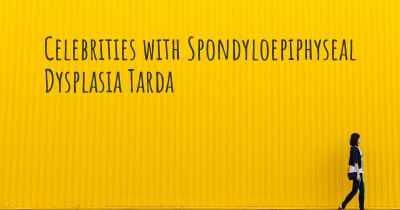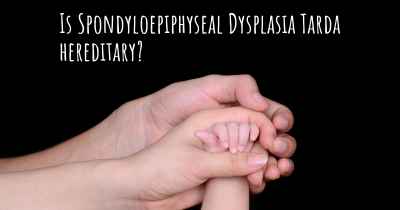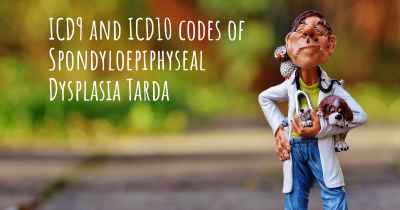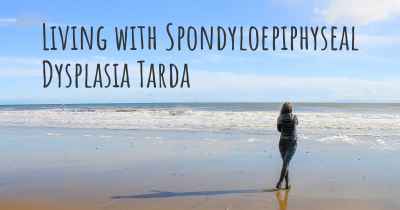What are the best treatments for Spondyloepiphyseal Dysplasia Tarda?
See the best treatments for Spondyloepiphyseal Dysplasia Tarda here

Spondyloepiphyseal Dysplasia Tarda (SEDT) is a rare genetic disorder that affects bone and cartilage development, leading to skeletal abnormalities. It primarily affects the spine, causing short stature, joint pain, and limited mobility. While there is no cure for SEDT, there are several treatment options available to manage the symptoms and improve the quality of life for individuals with this condition.
Physical therapy and exercise: Physical therapy plays a crucial role in managing SEDT. A skilled physical therapist can develop a personalized exercise program to improve joint mobility, muscle strength, and overall physical function. Regular exercise can help alleviate joint pain, increase flexibility, and enhance posture.
Pain management: Joint pain is a common symptom of SEDT. Over-the-counter pain relievers, such as nonsteroidal anti-inflammatory drugs (NSAIDs), can help manage mild to moderate pain. In more severe cases, prescription medications may be necessary. It is important to consult with a healthcare professional to determine the most appropriate pain management strategy.
Orthopedic interventions: In some cases, orthopedic interventions may be necessary to address specific skeletal abnormalities associated with SEDT. These interventions may include joint surgeries, spinal fusion, or limb lengthening procedures. These procedures aim to improve mobility, correct deformities, and enhance overall function.
Assistive devices: Assistive devices can greatly improve the mobility and independence of individuals with SEDT. Custom orthotics, such as shoe inserts or braces, can provide support and stability to the feet and ankles. Mobility aids, such as canes or walkers, can assist with balance and walking. Wheelchairs may be necessary for individuals with more severe mobility limitations.
Regular monitoring and follow-up: Individuals with SEDT require regular monitoring by a healthcare team familiar with the condition. Regular check-ups can help identify any potential complications or changes in the condition. X-rays and other imaging tests may be performed to assess bone and joint health.
Genetic counseling: SEDT is a genetic disorder, and individuals with the condition have a 50% chance of passing it on to their children. Genetic counseling can provide valuable information about the inheritance pattern, reproductive options, and available prenatal testing.
Psychosocial support: Living with a rare genetic disorder like SEDT can be challenging both physically and emotionally. Psychosocial support, such as counseling or support groups, can help individuals and their families cope with the impact of the condition. Connecting with others who have similar experiences can provide a sense of community and understanding.
Education and vocational support: Individuals with SEDT may face unique challenges in education and employment due to their physical limitations. Access to appropriate educational resources, accommodations, and vocational support can help individuals reach their full potential and lead fulfilling lives.
While there is no cure for Spondyloepiphyseal Dysplasia Tarda, a combination of treatments and interventions can significantly improve the quality of life for individuals with this condition. It is important to work closely with a healthcare team to develop a personalized treatment plan that addresses the specific needs and challenges associated with SEDT.
Posted Sep 29, 2017 by loslolindsay 1400
